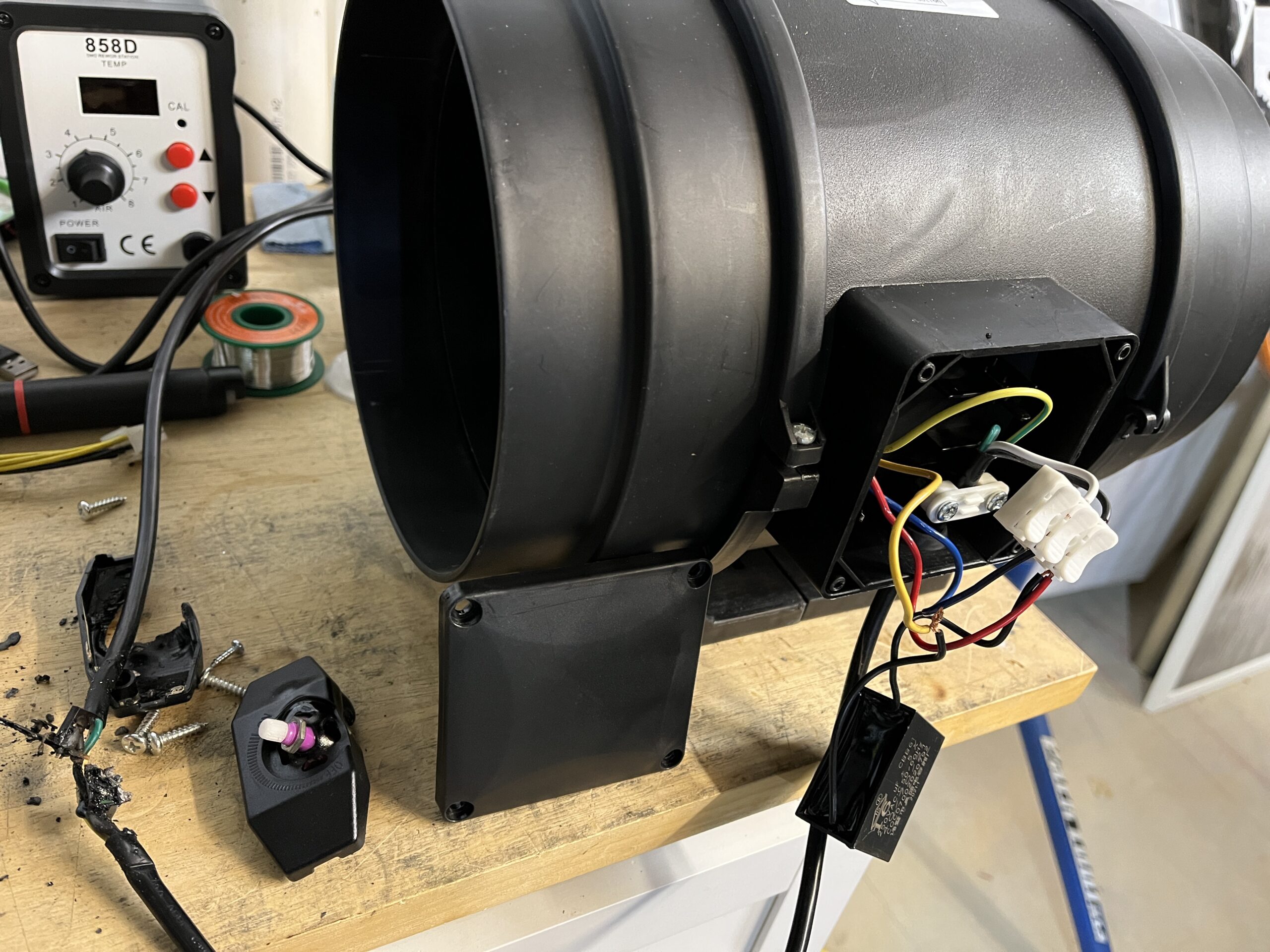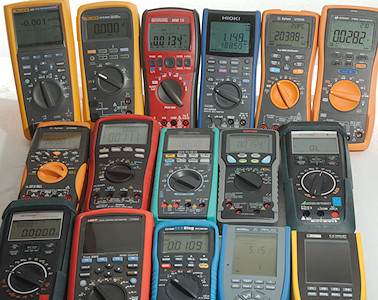How is that for a headline? Certainly nothing you ever want to read or even think about. As you can imagine, I feel very blessed and lucky that the circuit tripped before anything worse could happen, but it’s a very good lesson to learn. Mainly, always inspect you equipment, don’t buy cheap unknown knockoffs, and use circuit protection for everything.
So what happened? I was gone for a few days on a work trip so I can’t say the exact time this happened, but I can ball park it since the duct fan killing the circuit shut down the miner as well. A caveat to that is that the miner only shut down because it has programming to shut it off when it gets too hot, which is another learning point for me.
This happened on an L7 I have and I was using the duct fan as the primary cooling and manually set the fans on the L7 to be at 30% (roughly 3000RPM.) Once the duct fan controller burned out the only thing cooling the L7 was its own fans, which I had set too low to actually cool it, hence it shutting down. Lesson here is that I had no need to manually dial the L7 fans at 30%, I could have left it (and will from now on) at automatic and they simply would speed up if the duct fan ever failed. So what if I had removed my onboard fans like several people have mentioned? There’s more of a risk that you could burn up your hash boards before the software catches them heating beyond threshold (90C I believe on the L7.)
I threw a little video together on my lesson learned and what to watch out for.



